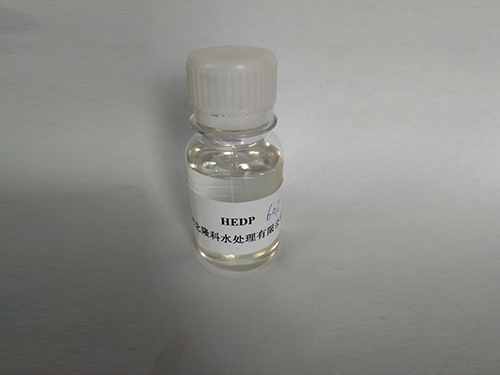flocculants used in water treatment
Flocculants Used in Water Treatment An Essential Component for Clean Water
Water treatment is a critical process aimed at making water safe for human consumption, agriculture, and industrial use. One of the key components in this process is the use of flocculants. Flocculants are chemical substances that facilitate the aggregation of particles in water, helping to create larger clusters known as flocs. These flocs are then easier to remove from the water, which greatly enhances the efficiency of the purification process. This article explores the various types of flocculants used in water treatment, their mechanisms of action, and their environmental implications.
Types of Flocculants
Flocculants can be classified into two main categories organic and inorganic flocculants.
1. Organic Flocculants These are primarily derived from natural sources or are synthetic polymers. They are characterized by their ability to form stable complexes with suspended solids. Common organic flocculants include polyacrylamide and chitosan. Polyacrylamide, for instance, is effective in various pH ranges and can be modified to enhance performance. Chitosan, derived from chitin found in crustacean shells, is biodegradable and environmentally friendly, making it an attractive option for eco-conscious water treatment facilities.
2. Inorganic Flocculants These typically consist of metal salts such as aluminum sulfate (alum) and ferric chloride. Inorganic flocculants work by neutralizing the charges on the suspended particles, allowing them to clump together and settle out of the water. Alum has been used for centuries and remains one of the most common flocculants due to its effectiveness and low cost. Ferric chloride is often preferred in situations where low pH conditions exist or when phosphate removal is required.
Mechanisms of Action
The effectiveness of flocculants in water treatment hinges on their ability to destabilize colloidal suspensions
. When flocculants are added to water, they interact with the suspended particles, neutralizing their charges. This neutralization diminishes the repulsive forces between particles, allowing them to come together and form larger aggregates.The flocculation process typically occurs in several stages - Coagulation This initial stage involves the rapid mixing of flocculants with water to facilitate particle destabilization. - Floc Formation As the water is mixed gently, the destabilized particles collide and cling to one another, forming microflocs. - Floc Growth With continued mixing, these microflocs grow into larger flocs which can then settle more easily. - Sedimentation Finally, the larger flocs settle at the bottom of the treatment tank, where they can be removed.
flocculants used in water treatment

Applications and Benefits
Flocculants are widely used in municipal water treatment plants, wastewater treatment facilities, and various industrial applications, including food processing and mining. Their advantages include
- Improved Water Quality By effectively removing suspended solids, flocculants help achieve cleaner and clearer water, improving overall water quality. - Efficiency in Treatment Processes The use of flocculants can significantly reduce the time and energy required for sedimentation and filtration, leading to cost savings for water treatment facilities. - Removal of Contaminants Flocculants can aid in the removal of various contaminants including heavy metals, bacteria, and organic matter, which are detrimental to both human health and the environment.
Environmental Implications and Future Perspectives
While flocculants play a vital role in water treatment, their environmental impact cannot be overlooked. The use of certain chemical flocculants can lead to residual chemicals in treated water, which may be harmful. Therefore, the water treatment industry is increasingly moving towards more sustainable practices, including the use of biodegradable or natural flocculants.
Research and development are ongoing to identify new materials and methods that minimize environmental impacts while maximizing efficiency. Innovations such as biomimetic flocculants inspired by natural processes are gaining traction and offer promising alternatives for effective water treatment.
Conclusion
Flocculants are indispensable in the world of water treatment, enhancing the purification process and ensuring access to clean water. As the demand for safe and reliable water supplies continues to grow, the evolution of flocculant technology and practices will play a crucial role in achieving sustainable water management. Effective, eco-friendly flocculants will ensure that water treatment processes are both efficient and environmentally responsible for years to come.
-
lk-319-special-scale-and-corrosion-inhibitor-for-steel-plants-advanced-solutions-for-industrial-water-systemsNewsAug.22,2025
-
flocculant-water-treatment-essential-chemical-solutions-for-purification-processesNewsAug.22,2025
-
isothiazolinones-versatile-microbial-control-agents-for-industrial-and-consumer-applicationsNewsAug.22,2025
-
scale-inhibitor-key-solutions-for-water-system-scale-preventionNewsAug.22,2025
-
organophosphonates-versatile-scale-inhibitors-for-industrial-water-systemsNewsAug.22,2025
-
scale-and-corrosion-inhibitor-essential-chemical-solutions-for-water-system-maintenanceNewsAug.22,2025





